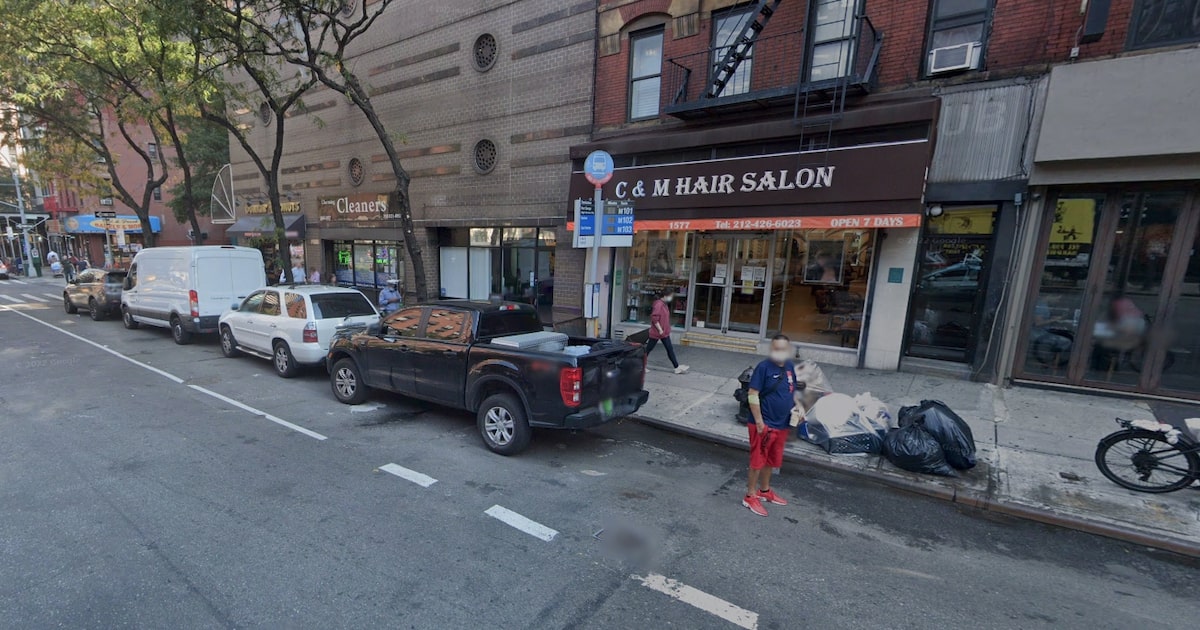
A hot bus stop on Third Avenue between 88th and 89th streets (Google Maps)
It’s summer in the city: As Greenwich Village rockers The Lovin’ Spoonful artfully put it in their 1966 song of the same name, “walkin’ on the sidewalk, hotter than a match head.”
Advertisement
According to a new study from the group Transportation Alternatives, the Upper East Side’s bus stops are definitely some of those places that will lead to the back of your neck getting dirty and gritty, as they are among the most sweltering in the city.
While the report, published on Monday, primarily focuses on lower-income areas of the outer boroughs—the Bronx and Queens have the hottest bus stops—it makes clear that even areas as affluent as the Upper East Side are vulnerable to the dangers of extreme heat.
The organization worked with NASA, using thermal imaging satellites to gather daytime temperature data from selected bus stops across the five boroughs.
Alexa Sledge, Transportation Alternatives’ communication director, told East Side Feed on Tuesday that the Upper East Side has eight of the city’s hottest 1% of stops. These include stops such as Lexington Ave./E. 60th St., 2nd Ave./E. 89th St. and 3rd Ave./E. 88th St., among others.
She also noted that the areas comprising Council District 5, which is represents the Upper East Side, Roosevelt Island and part of East Harlem in the NYC Council, is characterized by an abundance of paved asphalt, a dearth of groundspace for parks and high traffic volume.
“While heat and the heat at bus stops is a multi-pronged issue, the excessive amount of asphalt and constant traffic in this area is definitely going to make it hotter, and hotter for New Yorkers waiting for a less reliable bus because of all of that traffic,” Sledge said in an email.
Advertisement
The most recent report released by New York City’s Health Department showed that an average of 350 New Yorkers die each year from heat-exacerbated deaths.
When reached for comment about the report’s findings, the NYC Department of Transportation (NYCDOT) said that it historically focused on underserved areas when siting bus shelters, and that a slew of factors, including ridership data, sidewalk space, city council permission, and many more, had to be considered and green-lit before any definitive steps could be taken to install more shelters.
“Many of the bus stops in this report cannot accommodate a bus shelter due to lack of space to ensure safety and accessibility, but we look forward to adding hundreds of additional bus shelters in the coming years,” Scott Gastel, a senior advisor at NYCDOT, told East Side Feed in an email on Tuesday.






Lexington and 96th shows up in blazing red on the map.